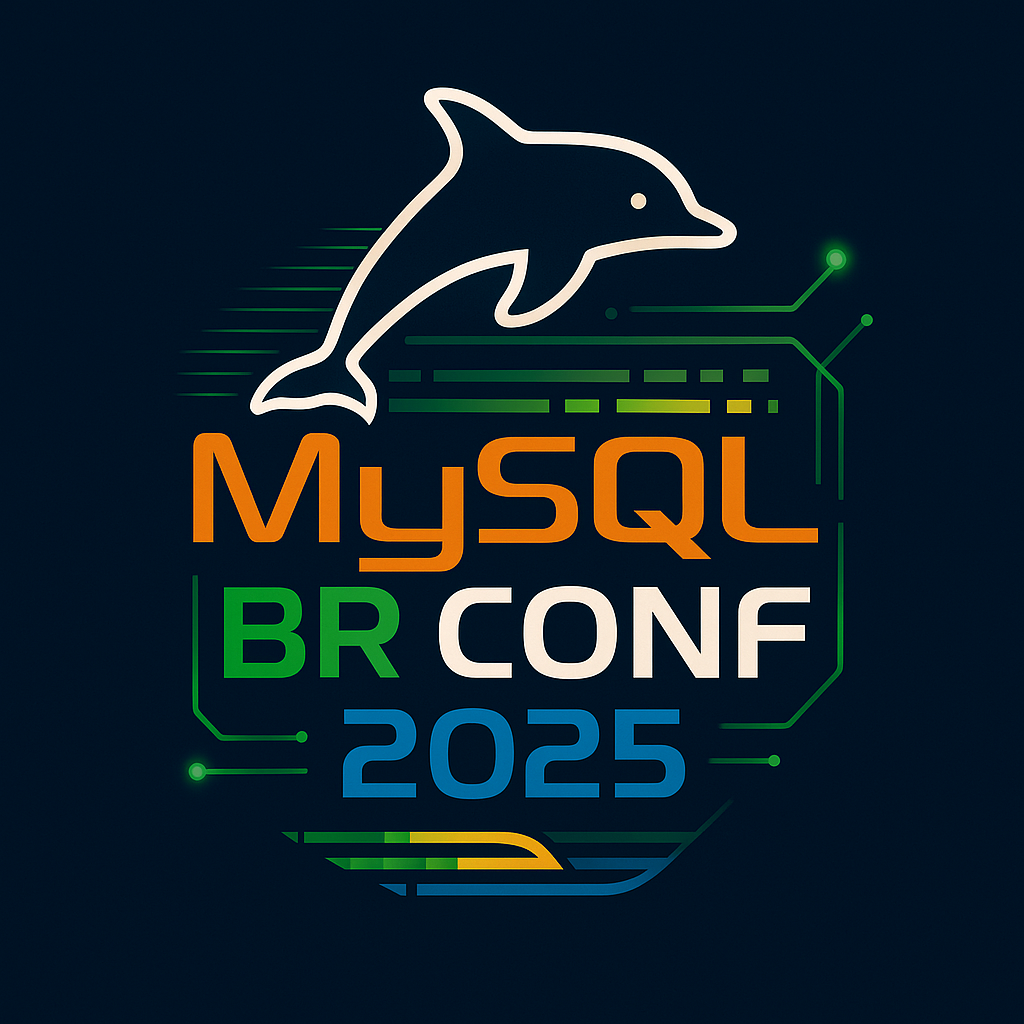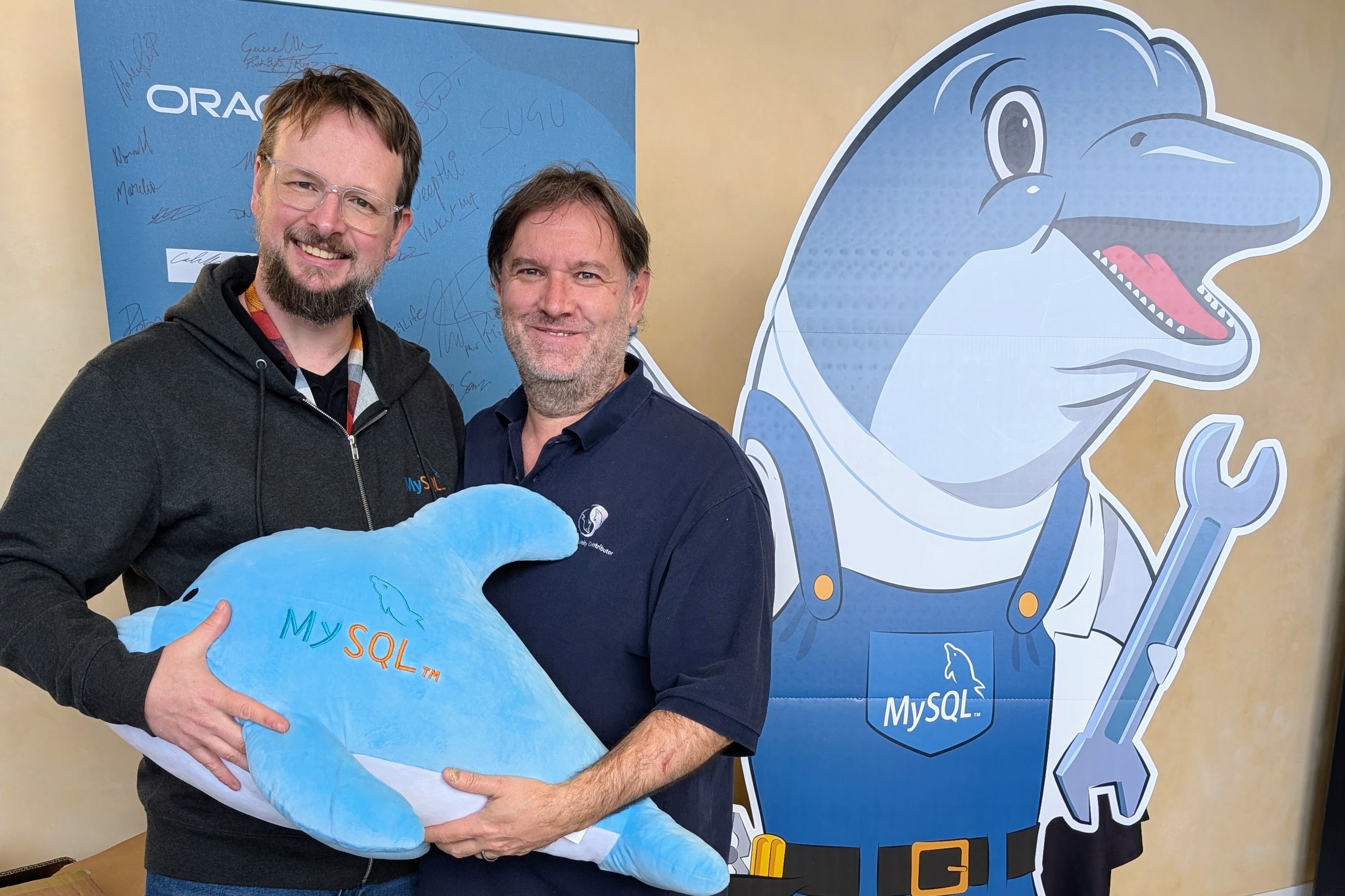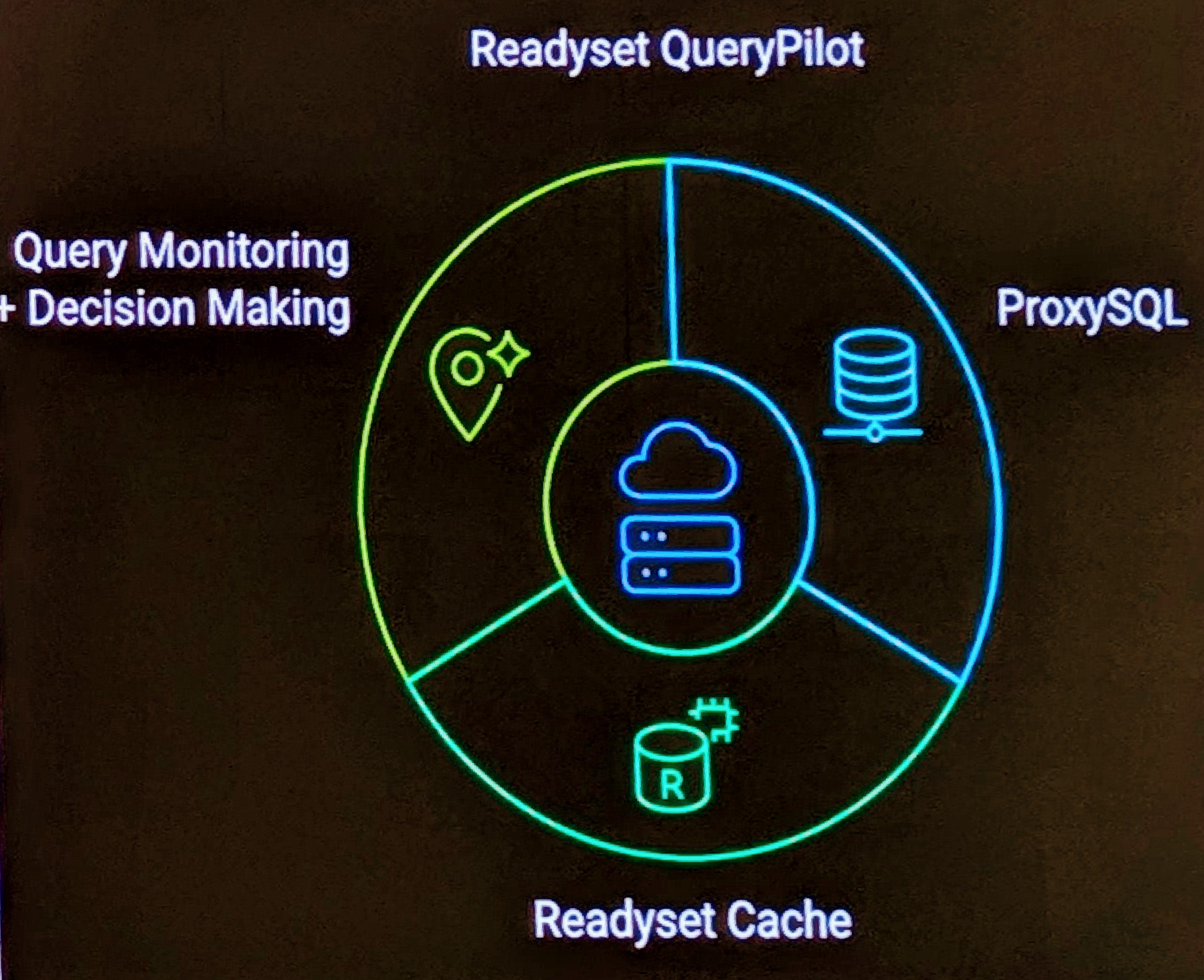If you wish to password protect your webapp with an Apache .htaccess type authentication model, you require two configuration steps. The first within your WEB-INF/web.xml, add the following replacing rolename appropiately.
<security-constraint>
<web-resource-collection>
<web-resource-name>All Pages</web-resource-name>
<url-pattern>*.htm</url-pattern>
<url-pattern>*.html</url-pattern>
</web-resource-collection>
<auth-constraint>
<role-name>rolename</role-name>
</auth-constraint>
</security-constraint>
<!-- Define the Login Configuration for this Application -->
<login-config>
<auth-method>BASIC</auth-method>
<realm-name>Test Application</realm-name>
</login-config>
<!-- Security roles referenced by this web application -->
<security-role>
<description>
The role that is required to log in to the Application
</description>
<role-name>rolename</role-name>
</security-role>
Second, within the tomcat $CATALINA_HOME/conf/server.xml, you need to define the Realm used within the appropiate host’s
<Realm className="org.apache.catalina.realm.UserDatabaseRealm" debug="0" resourceName="UserDatabase"/>
This Realm connects with a known resource, which I define with the $CATALINA_HOME/conf/server.xml
<Resource name="UserDatabase" auth="Container"
type="org.apache.catalina.UserDatabase"
description="User database that can be updated and saved">
</Resource>
<ResourceParams name="UserDatabase">
<parameter>
<name>factory</name>
<value>org.apache.catalina.users.MemoryUserDatabaseFactory</value>
</parameter>
<parameter>
<name>pathname</name>
<value>conf/custom/users.xml</value>
</parameter>
</ResourceParams>
NOTE: The use of MemoryRealm has limited uses. Tomcat provides 5 different Realm implementations including JDBC, DataSource,JINDI, Memory and JAAS.
And of course you need to define your user authentication within the appropiately defined users file. In this case conf/custom/users.xml


